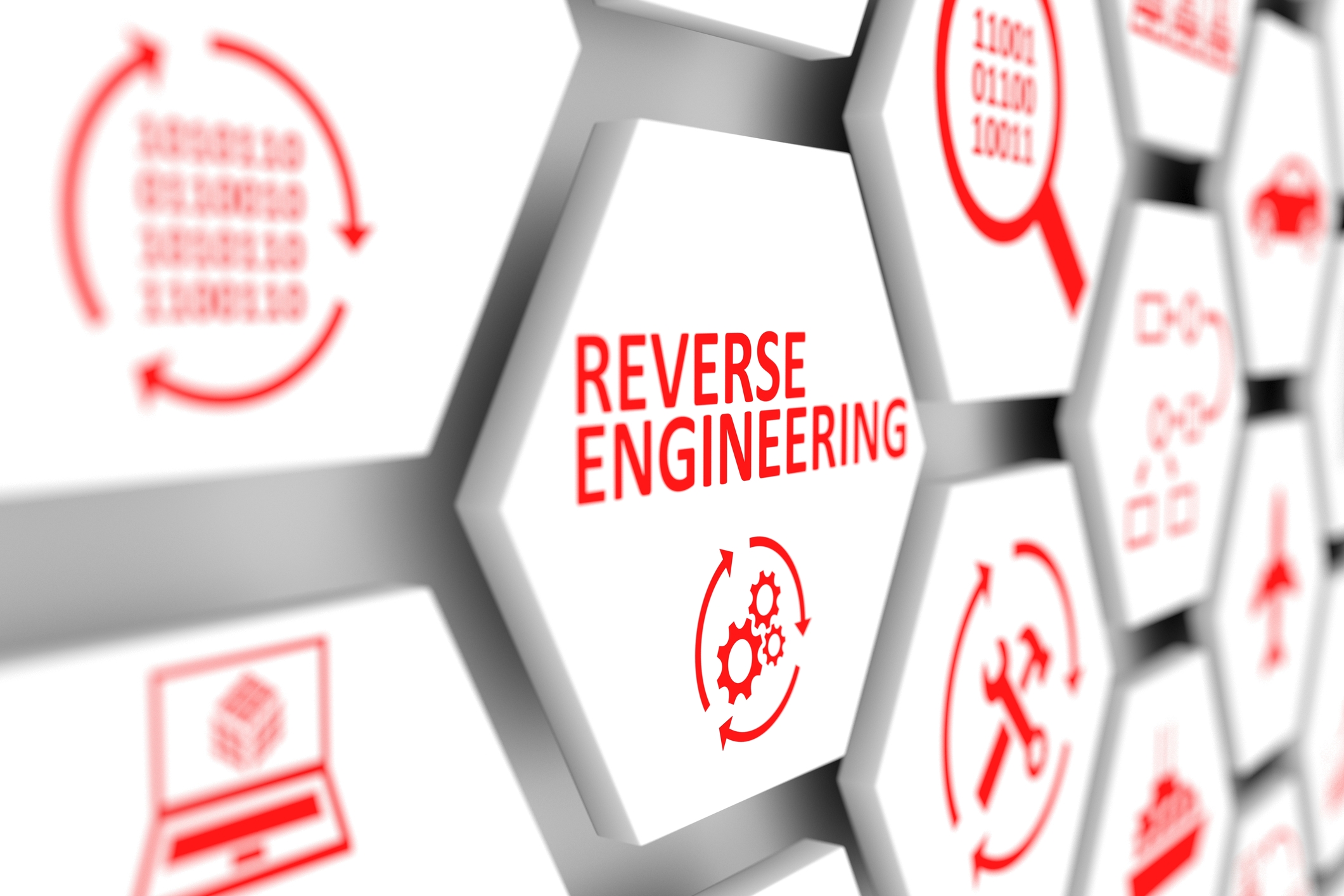Reverse engineering is the intricate process of extracting knowledge or design information from something in order to understand and duplicate it. This practice is widely utilized in numerous fields such as software development, manufacturing, and hardware design. However, reverse engineering often poses technical challenges that demand innovative approaches and solutions.

-
Understanding Complex Systems:

When dealing with complex systems, engineers face the challenge of comprehending and extracting valuable information from intricate mechanisms, designs, or functionalities. To conquer this challenge, engineers rely on various techniques, including disassembly, analysis of components and their interrelationships, and deducing their underlying principles.

-
Access to Proprietary Information:
Reverse engineering often encounters the hurdle of limited or restricted access to proprietary information or source code. This limitation can hinder the accurate understanding and reproduction of the targeted system. To overcome this challenge, engineers employ alternative methods like studying publicly available documentation, analyzing external behavior through testing and observation, and meticulously examining physical components.
-
Intellectual Property Concerns:
Engaging in reverse engineering requires careful consideration of intellectual property (IP) laws and regulations. Engineers must navigate the intricate legal landscape to ensure they are not infringing upon existing patents, copyrights, or trade secrets. This challenge mandates a thorough understanding of IP rights and limitations to safeguard both the reverse engineer and the owner of the original system.
-
Trade Secrets and Confidentiality:
Reverse engineering often involves accessing confidential information or trade secrets. Maintaining the secrecy and integrity of this information is crucial to respect the rights of the original creator. To ensure confidentiality, engineers employ strict security measures, non-disclosure agreements, and controlled access policies.
-
Homomorphic Encryption:
One formidable challenge is implementing reverse engineering techniques on encrypted data while maintaining data privacy. Homomorphic Encryption offers a potential solution by facilitating computations on encrypted data, allowing engineers to analyze encrypted information without decrypting it. -
Real-World Constraints:
In the realm of manufacturing, reverse engineering must often contend with practical limitations imposed by existing materials, production processes, and costs. Engineers need to identify suitable materials, determine viable manufacturing techniques, and optimize designs to ensure feasibility within real-world constraints.
-
Technological Obsolescence:
Reverse engineering legacy systems or products may encounter the challenge of dealing with outdated technologies or obsolete components. Sourcing obsolete components, understanding their functionality, and adapting them to modern practices can be demanding.
-
Simulation and Testing:
Once a system is reverse engineered, engineers require comprehensive testing and simulation to validate its accuracy and performance. This step ensures that the recreated system behaves as intended and meets the desired specifications.
-
Ethical Considerations:
Reverse engineering holds ethical implications that vary across industries and applications. Engineers must consider the ethical boundaries and societal impacts of their work, particularly when dealing with privacy concerns, security risks, and potential misuse of reverse engineered information.
Overcoming these technical challenges in reverse engineering necessitates a combination of ingenuity, creativity, technical expertise, and an ethical approach. By employing rigorous methodologies, utilizing advanced tools and techniques, and adhering to legal and ethical standards, engineers can successfully navigate the complexities of reverse engineering and contribute to innovation and progress.

Excellent article! Reverse engineering is a fascinating and challenging field that requires a high level of technical expertise. The challenges you mentioned are spot on, and I appreciate the insights you provided on how to overcome them.
I agree with some of your points, but I think you’re underestimating the difficulty of reverse engineering. It’s not just about having a deep understanding of engineering disciplines; you also need to have access to the right tools and resources.
I’m curious about the role of artificial intelligence in reverse engineering. Do you think AI can help us overcome some of the challenges you mentioned?
Sure, reverse engineering is a piece of cake. Just take apart a system and put it back together again. What could possibly go wrong?
Oh, reverse engineering is so easy. Anyone can do it. Just follow these simple steps: 1. Disassemble the system. 2. Figure out how it works. 3. Put it back together again. 4. Profit!
Reverse engineering is like trying to put together a puzzle without the box. Except the puzzle is made of tiny, intricate pieces and you’re blindfolded.
Great article! I’m a big fan of reverse engineering, and I’m always looking for ways to improve my skills. Thanks for sharing your insights!
I’m not convinced that reverse engineering is always worth the effort. Sometimes it’s better to just start from scratch.
I’m wondering if there are any ethical concerns associated with reverse engineering. What if you’re reverse engineering a product that’s protected by a patent?
Reverse engineering is like playing chess with yourself. You know all the moves, but you still lose.
Reverse engineering is the art of taking something apart and putting it back together again. Except when you put it back together again, it’s better than before.
I’m trying to reverse engineer a peanut butter and jelly sandwich. So far, I’ve gotten as far as separating the peanut butter from the jelly.
Reverse engineering is a powerful tool that can be used to learn about the inner workings of a system and to identify potential vulnerabilities. It’s a valuable skill for any engineer to have.
I’m not sure I understand the benefits of reverse engineering. Why would I want to take something apart and put it back together again?